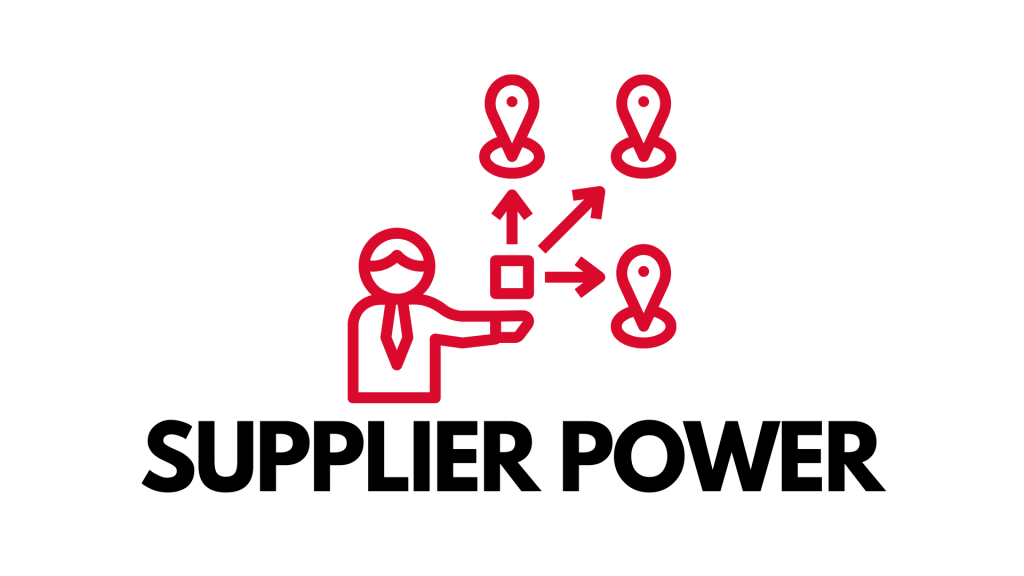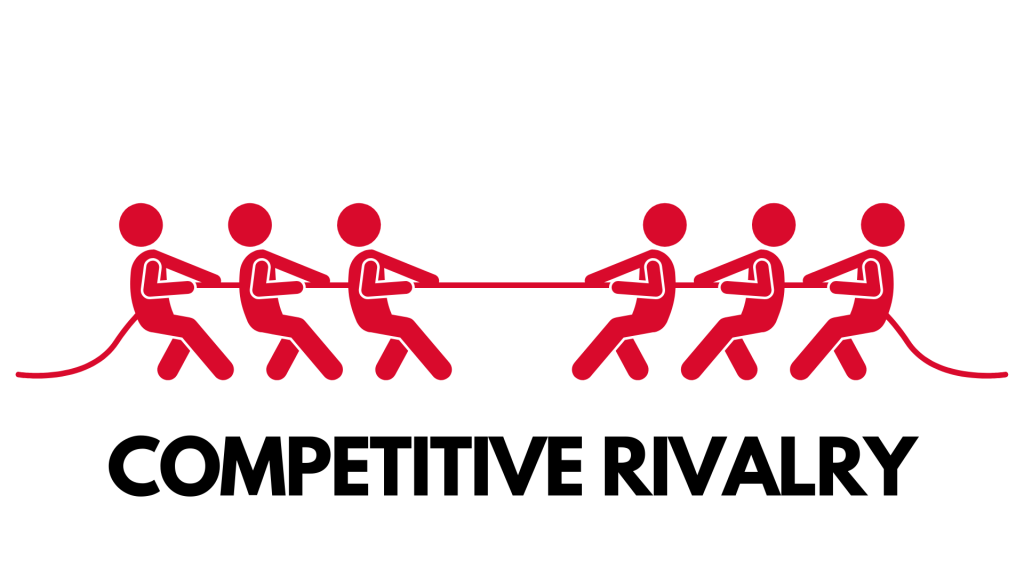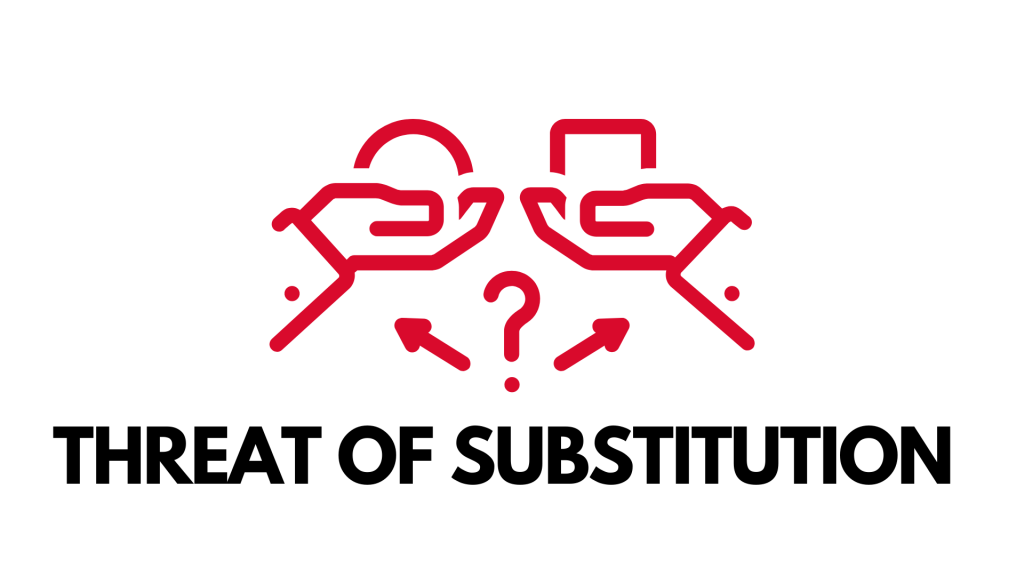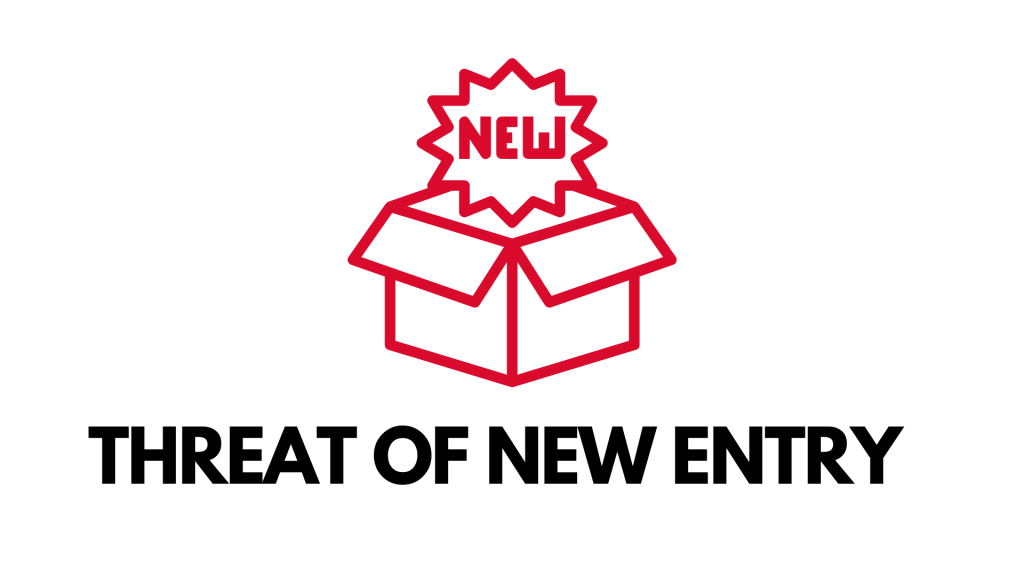The first part of the article on business strategy talked about the strategic analysis of any business and the types of strategic analysis that can be done. They included methods from SWOT to PESTLE to Porter’s Five Forces Analysis. Of course, in any strategic alignment, Porter’s Five Forces plays a considerable role.
In the second part of the article on business strategy, the main topic of focus will be the five forces. First, knowing precisely what is going on in your sector (including any current trends) can make your company more dynamic by adjusting to meet consumer wants.

Michael Porter’s Five Forces Analysis asks you to examine specific parts of the market in-depth to make more effective business decisions. For example, you may more quickly identify your company’s strengths and exploit them, or establish your shortcomings and how to improve on them if you grasp an industry’s profit potential and any potential dangers to your business.
Let’s dive into Porter’s Five Forces.
1. Supplier Power

An evaluation of how simple it is for suppliers to raise prices. The number of providers of each vital input, the distinctiveness of their product or service, the supplier’s relative size and strength, and the cost of switching from one source to another all influence this.
Suppliers to a high-demand industry (with little competition) can charge more for their supplies, which impacts a company’s profitability. Don’t forget to look into how many providers are available to you during this step of the analysis and how much it would cost to move to another source if necessary.
2. Buyer Power

An evaluation of how easy it is for buyers to lower prices. This is influenced by the following factors: the number of buyers in the market, the value of each individual buyer to the organization, and the cost of switching suppliers for the buyer. When a company has a few big customers, they may often impose conditions.
This relates to whether your clients have the power to push down the price of your products or services, usually because they can find better deals, higher quality, or more options elsewhere. You must examine how many buyers there are in your market and how much it would cost them to move to another supplier during this investigation step.
3. Competitive Rivalry

The number and capability of rivals in the market are the primary drivers. Many competitors will lower market attractiveness by delivering undifferentiated products and services.
The first step in analyzing your market is to figure out who your competitors are. Next, you must consider how many competitors you now face and how their product and service offerings compare to yours – whether this is a good or negative comparison.
4. Threat of Substitution

Customers are more likely to move to alternatives in reaction to price rises when close substitute products exist in a market. This decreases both suppliers’ power and the market’s appeal.
Because technology is constantly changing, products and services can quickly become obsolete, and substitutes can appear on the market. Netflix is a beautiful illustration of this, as they send videos directly to people’s homes instead of needing them to go to physical businesses (like their competitors). With this in mind, consider whether your customers are likely to locate a suitable alternative to your product or service and whether you are providing a high-quality service to keep them from defecting.
5. Threat of New Entry

Profitable markets attract new entrants, eroding profitability. As a result, profitability will decrease to a competitive rate unless incumbents have strong and long-lasting barriers to entry, such as patents, economies of scale, capital requirements, or government laws.
When new competition enters your market, it can shift your position and impact your profits (for example, by lowering the price of your products or services as there is a lower demand for them). Therefore, this research step will need you to analyze aspects that can make your market easier to break into, such as entry costs and how well regulated it is.
Five forces analysis may help organizations understand the factors driving profitability in a specific sector, which can help them make decisions like whether to enter a particular industry, grow capacity for a specific industry, and establish competitive strategies.
Porter’s five factors influence profitability by determining a company’s competitive environment. First, the ability of a small business to raise prices and manage costs is controlled by the bargaining strength of customers and suppliers.
